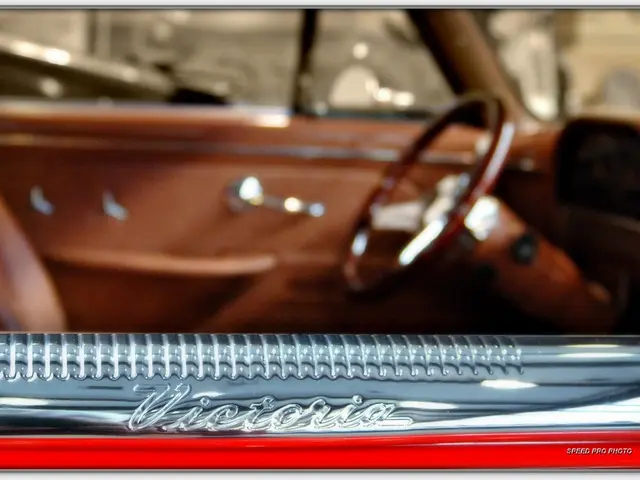Electric vehicles are experiencing a decline in price
The cost difference for accident repairs between electric vehicles (EVs) and traditional internal combustion engine (ICE) vehicles is shrinking, primarily due to repair shops and insurers gaining more experience with EVs, and EVs becoming more common on the roads.
According to a study by the German Insurance Association (GDV), the cost of accident repairs for EVs is, on average, more expensive than those for vehicles with ICE engines. However, the difference is decreasing, with comprehensive damage to pure electric vehicles currently around 10 to 15 percent more expensive than comparable vehicles with ICE engines. This is a significant decrease from last year's cost, which was 20 to 25 percent more expensive.
One of the key reasons for this trend is the rapid increase in EV adoption. As more electric vehicles hit the roads, repair technicians and insurance companies are gaining practical experience with EV-specific systems. This increased experience leads to better technical expertise, more efficient repair processes, and a broader model range, which helps lower repair costs for EVs closer to those of ICE vehicles.
Another factor contributing to this trend is improved parts availability. More EVs on the market encourage the development of aftermarket parts and recycling capabilities, reducing reliance on costly original equipment manufacturer (OEM) parts. Additionally, expanded technician training is lowering repair labor costs and times.
Insurers are also benefiting from increased claims data on EVs, which allows them to more accurately price premiums, reflecting the actual risk and cost of repairs, rather than relying on higher estimates due to uncertainty.
Although EV repairs still tend to be somewhat more expensive—mainly due to complex battery management and specialized labor—the repair cost gap is shrinking significantly compared to previous years. This development is positive for the transport transition, as long-term significantly higher repair costs could have damaged the acceptance of electric cars.
The narrowing repair cost gap has several implications for EV acceptance. Lower repair and insurance costs reduce ownership expenses, making EVs more economically attractive to consumers. As repairs become cheaper, insurance premiums for EVs also tend to decrease, removing a financial barrier that has previously deterred some buyers. This improved affordability and reduced financial risk foster higher consumer confidence and willingness to switch from ICE vehicles to EVs.
In conclusion, the decreasing repair cost gap is a critical factor that helps improve the overall economics of owning an electric vehicle, thereby supporting broader acceptance and faster adoption of EVs worldwide. As EVs become more common, we can expect this trend to continue, further reducing the cost gap and making electric vehicles an increasingly viable and attractive option for consumers.
[1] German Insurance Association (GDV) Study on the Cost of Accident Repairs for Electric Vehicles [2] GDV Press Release: Electric Cars' Damage Statistics Become More Similar to Those of Comparable Vehicles with Internal Combustion Engines [3] GDV Statement by Anja Käfer-Rohrbach, Deputy CEO of the GDV, on the Cost of Accident Repairs for Electric Vehicles [4] GDV Analysis on the Impact of Electric Vehicles on Insurance Premiums [5] GDV Report: The Role of Insurance in the Transport Transition
- As more electric vehicles (EVs) become common on the roads, repair technicians and insurance companies are gaining practical experience with EV-specific systems, leading to a decreasing cost difference for accident repairs between EVs and traditional internal combustion engine (ICE) vehicles.
- The German Insurance Association (GDV) found that while the cost of accident repairs for EVs is currently around 10 to 15 percent more expensive than those for vehicles with ICE engines, this represents a significant decrease from previous years, where the difference was 20 to 25 percent.
- Insurers are benefiting from increased claims data on EVs, which allows them to more accurately price premiums, thereby reducing the financial barrier that has previously deterred some buyers from considering electric vehicles.
- The decreasing repair cost gap has several implications for EV acceptance, as it makes electric cars more economically attractive to consumers, fosters higher consumer confidence, and supports broader acceptance and faster adoption of EVs worldwide.




